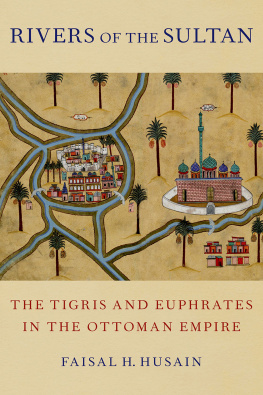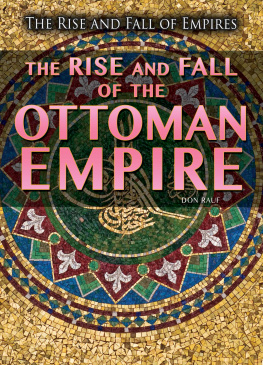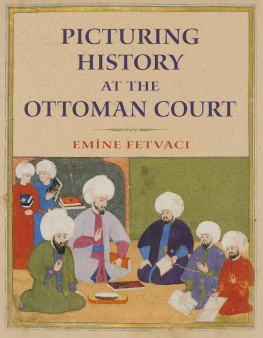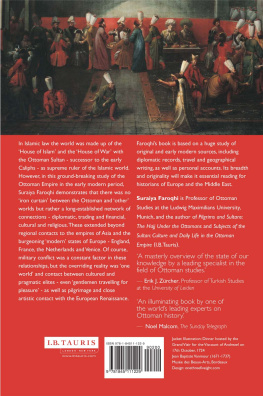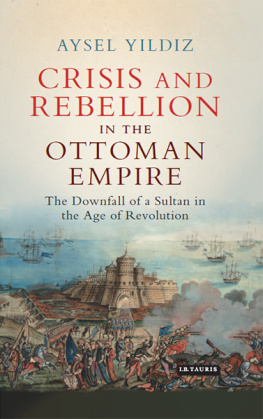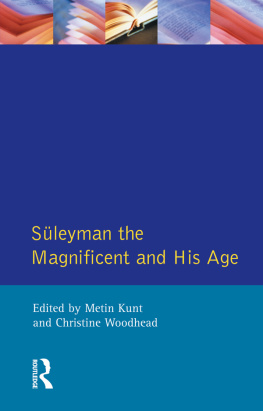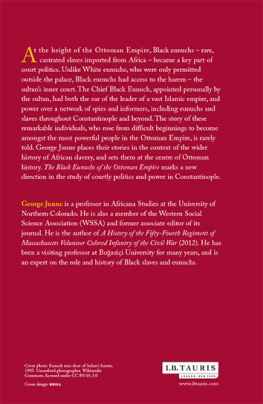Rivers of the Sultan

Oxford University Press is a department of the University of Oxford. It furthers the Universitys objective of excellence in research, scholarship, and education by publishing worldwide. Oxford is a registered trade mark of Oxford University Press in the UK and certain other countries.
Published in the United States of America by Oxford University Press
198 Madison Avenue, New York, NY 10016, United States of America.
Oxford University Press 2021
All rights reserved. No part of this publication may be reproduced, stored in a retrieval system, or transmitted, in any form or by any means, without the prior permission in writing of Oxford University Press, or as expressly permitted by law, by license, or under terms agreed with the appropriate reproduction rights organization. Inquiries concerning reproduction outside the scope of the above should be sent to the Rights Department, Oxford University Press, at the address above.
You must not circulate this work in any other form and you must impose this same condition on any acquirer.
Library of Congress Cataloging-in-Publication Data
Names: Husain, Faisal, author.
Title: Rivers of the Sultan : the Tigris and Euphrates in the Ottoman Empire / Faisal Husain.
Description: New York : Oxford University Press, 2021. |
Includes bibliographical references and index.
Identifiers: LCCN 2020047015 (print) | LCCN 2020047016 (ebook) |
ISBN 9780197547274 (hardback) | ISBN 9780197547298 (epub) | ISBN 9780197547304
Subjects: LCSH: Water-supplyPolitical aspectsEuphrates River Watershed. |
Water-supplyPolitical aspectsTigris River Watershed. |
Water resources developmentPolitical aspectsEuphrates River Watershed. |
Water resources developmentPolitical aspectsTigris River Watershed. |
TurkeyForeign relationsIraq. | IraqForeign relationsTurkey. |
TurkeyHistory16831829.
Classification: LCC HD1691.H87 2021 (print) |
LCC HD1691 (ebook) | DDC 333.91/6209560903dc23
LC record available at https://lccn.loc.gov/2020047015
LC ebook record available at https://lccn.loc.gov/2020047016
DOI: 10.1093/oso/9780197547274.001.0001
Some of this material appeared earlier in The Journal of Interdisciplinary History, XLVII (2016), 125. It is included herein with the permission of the editors of The Journal of Interdisciplinary History and The MIT Press, Cambridge, Massachusetts. 2014 by the Massachusetts Institute of Technology and The Journal of Interdisciplinary History, Inc
To John R. McNeill
Contents
countless people have given me the most generous help at every stage of writing this book. It is impossible to express my gratitude to all of them by name here. A few, however, must have special mention. First among them is John McNeill. Without his mentorship, this book might never have been written. Susan Ferber and Alan Mikhail offered me their unwavering support and encouragement throughout the completion of this project. To the three of them I am eternally grateful.
During my research, I accumulated an enormous debt to Gbor goston, M. Fatih alr, M. Talha iek, Samuel Dolbee, engl Karalolu, and Dina Khoury. Different chapters of the book benefited greatly from kind invitations by Hmeyra Bostan to stanbul ehir University; by McGuire Gibson to the Neubauer Collegium for Culture and Society at the University of Chicago; by Giacomo Parrinello and G. Mathias Kondolf to UC Berkeley; by Stephanie Rost to the Institute for the Study of the Ancient World at New York University; and by James C. Scott to the Program in Agrarian Studies at Yale University. Christopher Morris and Marc Van De Mieroop readily shared their expertise with me whenever I needed it. Unless otherwise noted, all maps and illustrations were prepared by the talented artist Meredith Sadler. They all have my appreciation and admiration.
The leisure to write this book was made possible by a residential fellowship at the Notre Dame Institute for Advanced Study. Its staffMeghan Sullivan, Donald Stelluto, Carolyn Sherman, Kristian Olsen, and Paul Blaschkomade my writing sojourn a most pleasant experience. I was fortunate to meet and learn from them.
For research and writing, I have received additional support from Penn State University, Georgetown University, the Institute of Turkish Studies, the Fulbright-Hays Doctoral Dissertation Research Abroad Fellowship, and the Mellon/ACLS Dissertation Completion Fellowship. I am pleased to acknowledge and thank each of them.
Finally, my sincere thanks go out to my department head Michael Kulikowski and to the Penn State University community as a wholestaff, students, and faculty. I am truly privileged to be surrounded by them on a daily basis.
Rivers of the Sultan
Who looks upon a river in a meditative hour, and is not reminded of the flux of all things?
Ralph Waldo Emerson, Nature (1836)
No one could have predicted that, as the Safavid army retreated deeper into Persia and winter approached, Sleyman would abruptly end the chase and set his sights on Baghdad, which he would triumphantly enter before years end. The Ottoman camp had even less inkling that the impending campaign would eventually unify the entire Tigris and Euphrates rivers under Istanbuls control. Without forethought, the Ottomans at the end of 1534 joined other natural and biological forces governing, and being governed by, the two longest rivers in West Asia.
Iron and Fire
The Tigris and Euphrates are twin rivers bound by a common geography. They emerge together from the same rocky womb of the Taurus Mountains, and they perish together in the same shallow tomb of the Persian Gulf.between, the rivers carve diverse landscapes united by a common geographical drudgerysiphoning off the rainfall and snowmelt they capture inland to a single aquatic outlet.
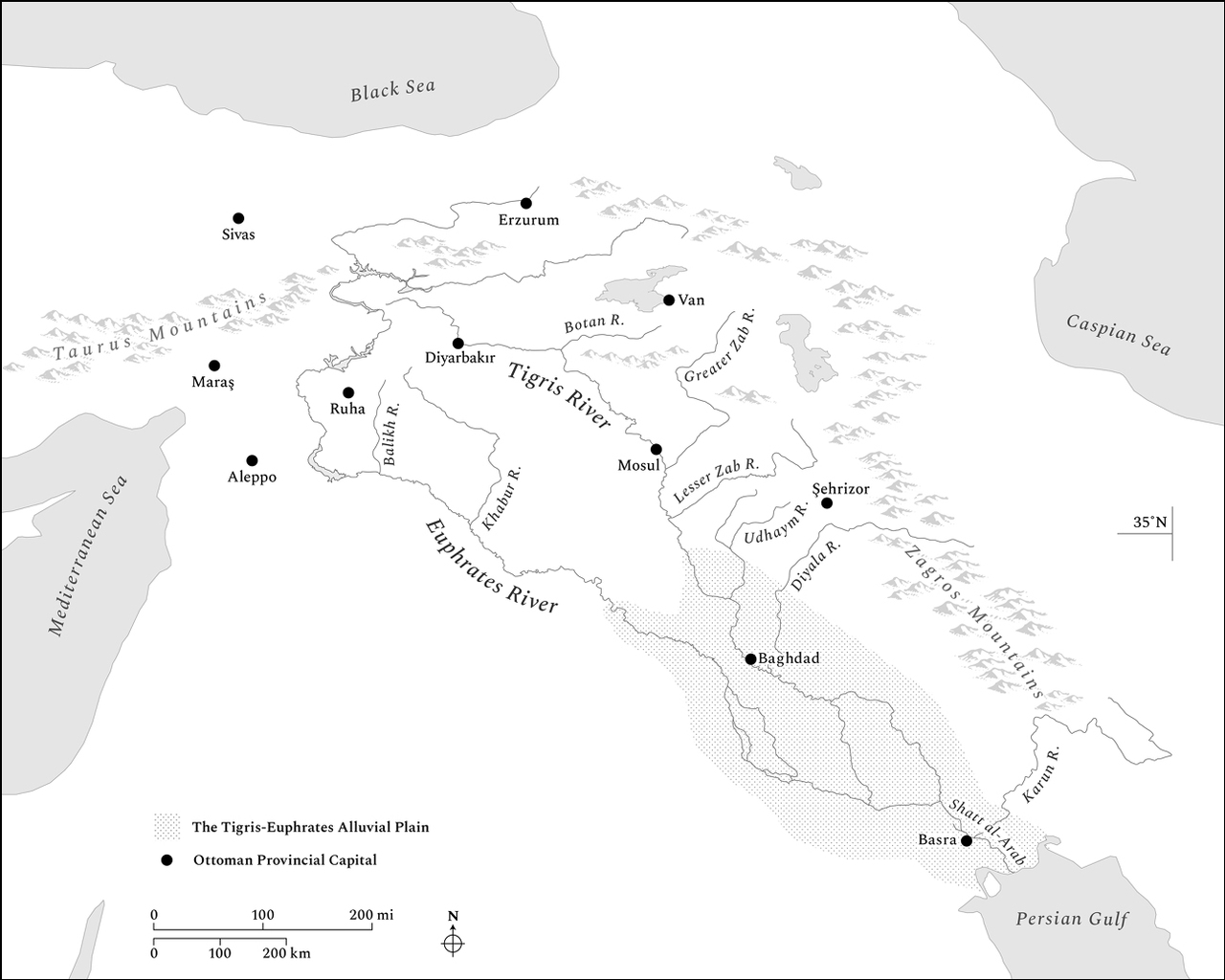
Figure I.1. The Tigris-Euphrates River Basin.
The natural boundaries of this drainage basin rarely dovetailed with the webs of political power that regularly formed and fractured throughout history. Ottoman predecessors had no shortage of political ambition, but they often lacked the capacity to control such a broad geographical unit, roughly the size of Bolivia and half again as large as Texas. Political possibilities changed with the spread of iron metallurgy in the first millennium bc. Abundant and widespread in Earths crust, the metal allowed states to equip more foot soldiers with iron armor and weapons than had been possible when bronze was king. Aided by the cheaper armaments and larger armies of the Iron Age, the Assyrian and Achaemenid empires were among the first powers in history to ever claim sovereignty over the entirety of the Tigris-Euphrates basin.
Like iron metallurgy 2,500 years earlier, gunpowder technology in the fifteenth and sixteenth centuries opened new possibilities to align the
The Waterwheel
The Tigris and Euphrates life journey on earth, more than a thousand miles in length, forms the continental arc of a planetary circle through which water cycles between the ocean and the atmosphere. The rivers flow, the oceans perform their slow and elegant gyrations, the clouds congeal and weep, as a scientist pithily describes the process.

